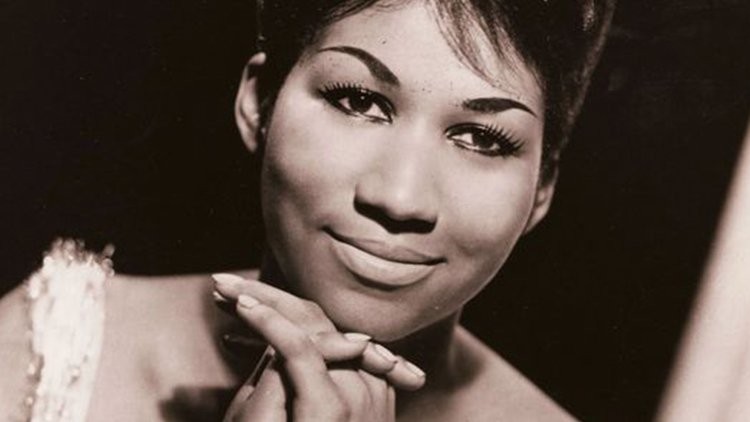
Aretha Franklin who died on August 16 was a leading example of the varied influences in American Music which she tried to make sense and art out of

It is perhaps very difficult to characterise American Music. Unlike other cultures which were integrated historically and relied more on their inner strength and continuity, like the European or the Indian classical tradition, the American culture and its related expressions have all been a mixture of various cultures of the migrants. It can be said that enough time has not gone by for an integrated cultural expression to emerge.
Or, perhaps, the age when one yearned for an integrated cultural expression is long gone. One, after having become the world power after the second world war, this hastily put together polyglot cultural setup set the standard of what everything in the world was supposed to mean including culture. Two, the technological revolution made it impossible for cultures to stay insulated, simmering in their own stew for centuries before the world took notice of them. It is these strands and influences put together that form the concoction that is ready to be consumed.
Aretha Franklin who died last week was a leading example of these varied influences with the artiste trying to make sense and art out of it. Making a virtue of patch work is now the mantra for music-making; those who can do so are more likely to be known and successful than those who brood and dwell on something before having the courage to come out with something organic.
Franklin was of African origin and daughter of a musician father. He sang for the church, and a strange new genre called gospel music emerged in the United States where African tonal structure and intonation was put together for church music which had a strictly European tradition of high culture. And with it emerged or developed another form that is known as soul, a kind of a byproduct of gospel music.
Taken outside the church or liturgical function, it flourished as jazz in the smoke-filled bar rooms of New Orleans and Chicago. There were also strains of the opera, and the way the mezzo soprano was intoned and used with the full range of music registers to produce a medley of musical expression which the Americans loved. It was the making of a new form with jazz, gospel, blues, soul and a little bit of country music all rolled into one.
And all this was tied to the very contemporary, since the classical forms did not hold them back to forms and structures hundred or hundreds of years old. The contemporary figured in the content and, for the Africans living in the United States, it was the brazen fact of discrimination that had to colour their entire expression.
Franklin became the leading and representative figure of that expression because she also styled herself to be politically motivated and inspired. -- anything black and she had to be there. In the civil rights movement and then the assassination of Martin Luther King, she was there not as a passive participant but an active member lending her music to the cause. She also became representative of those artistes who think it is their primary concern to be on the ball of all the political social movements taking place in the world or at least in their country. So it was not surprising that she was also invited to the inaugural ceremony of Barak Obama when he was sworn in as the first Afro American President of the United States in 2008.
American culture was limited to Hollywood while a few of the jazz maestros like Lois Armstrong had made some impression on their European excursions before the second world war. But United States’ becoming the arbiter of world affairs coincided with Franklin’s rise to prominence. She was very young when she started to record and was noticed. At the same time, she was also the kind of woman people had starting to look up to. She had a child, actually her two children when she was very young, but she continued to pursue her career as a vocalist as she was lucky to have help at home in the shape of the children’s grandmother.
Her being politically conscious and aware of contemporary issues had the inherent appeal for people to identify with them. It is one thing to be politically or socially aware and it is another to create something that people can relate to, and she was successful in doing so.
After the male jazz musicians it was thought that women could not sing the way they did and this ceiling too was shattered by the likes of Ella Fitzgerald and a little later by Aretha Franklin. Certain instruments have become synonymous with jazz like saxophone, trumpet and piano. She could play the piano very well in the way it is played in gospel and jazz music and was recognised for that quality as well other than her vocal rendition.
With the release of the first talkie Jazz Singer in the Indian subcontinent in the late 1920s or early ’30s, the musicians became aware of the potential of these instruments. With the passage of time, saxophone and trumpet were used in local film compositions and piano too became part of the orchestra, not in the traditional classical sense but as it was being played by the jazz musicians.
With a career that spans nearly six exceptional decades, Franklin achieved tens of millions of international record sales (including countless electrifying classics -- Respect, You Make Me Feel Like A Natural Woman, Chain Of Fools, Rock Steady and Spanish Harlem among them), and numerous accolades including 18 Grammy Awards.